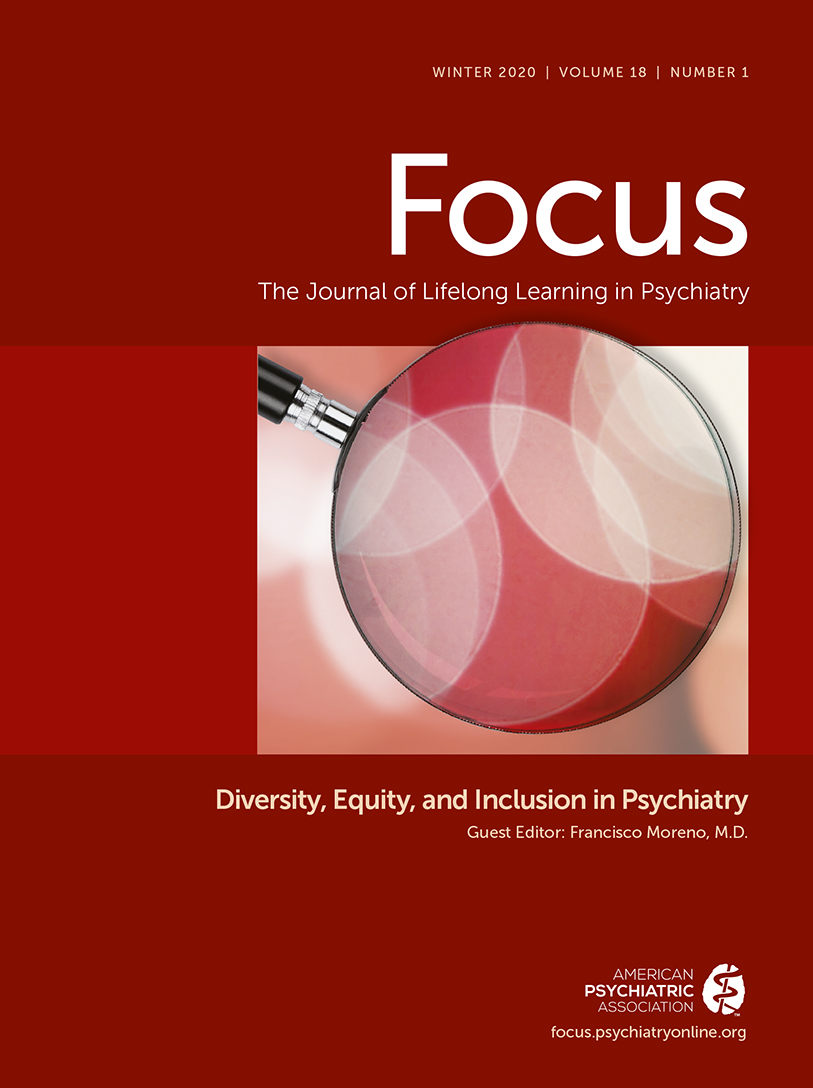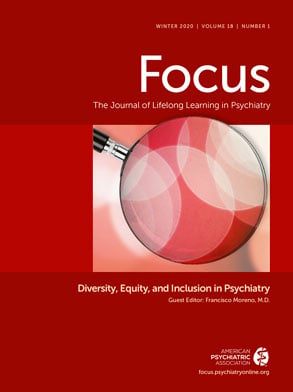Background for Practice
Asian Americans are a vast, heterogeneous group, and understanding various cultural differences is critical to affirmative practice. The term Asian refers to people with origins in the Far East, Southeast Asia, the Indian subcontinent, and the Pacific Islands, including, for example, China, India, Japan, Korea, Malaysia, Pakistan, the Philippines, Samoa, Thailand, and Indochina. Each Asian-American group has its own language, culture, and health beliefs. Within each group, depending on geography, dialect, custom, and subculture, there are also subgroups. The 2017 US Census estimated that there are 17.6 million Asians and 1.3 million Native Hawaiian and Pacific Islanders in the United States—about 6% of the estimated US population of 316.4 million. The three largest Asian-American groups are Chinese, Asian Indian, and Filipino. In this article, we discuss practice recommendations in the context of these Asian-American groups given the cultural expertise of the contributing author. However, practitioners are asked to view each person within the context of their, her, or his own culture as an individual who may articulate their, her, or his experience in myriad ways.
Affirmative Care in Practice
The following recommendations for practice, adapted from Gaw’s (author) earlier work, are aligned with affirmative care principles in psychiatric settings.
Practitioners should consider the potential for a language barrier. A non–English-speaking person will need an interpreter. Translation requires extra time, so physicians should plan ahead if an interpreter is needed, and schedule extra time for the interview. When seeking an interpreter, physicians should ask for one who speaks the patient’s specific dialect. Clinicians must use short, simple sentences to facilitate translation by the interpreter and void using technical words such as anxiety, depression, somatization, and psychosis; rather, physicians should describe the illnesses they are asking about by using their signs and symptoms. Interpreters should be instructed to translate exactly what the physician is asking for and not to introject their own ideas.
Practitioners may consider involving the family in health care decisions (
22,
23). Family members may accompany the patient for diagnostic interview and follow-up treatments. If the patient asks to include family in the process, explaining the patient’s issues to both the patient and the family helps to build their understanding of psychiatric disorders, achieving mental health, and promoting adherence to treatment plans.
As part of their cultural formulation, physicians should ask about traditional beliefs. Sophistication in understanding mental disorders varies among individuals from different cultures, depending on their degree of acculturation, educational background, and familiarity with the Western system of medical care. For example, older, non–English-speaking, unacculturated Chinese immigrants may hold traditional values and concepts of health and disease (e.g., yin-yang) and express their mental distress through somatic symptoms. Immigrant patients from a rural area of Vietnam may believe in ghosts and express their symptoms as evidence of possession by ghosts or evil spirits. Asian Indians and Filipinos may carry strong religious beliefs about their mental illness and may seek religious healing methods and trust traditional healers. It is useful to ask individual patients about their ideas of mental illness and treatments to effectively formulate diagnostic considerations and treatment plans that would be more acceptable to them.
It is critical that clinicians become familiar with ethnopsychopharmacological research (
24). Asians, for example, have been found to have mutated enzymes that affect the metabolism of psychotropic drugs.
Physicians’ Desk Reference drug dosages may not be appropriate for some Asians who are poor metabolizers. For example, it may be necessary to start with a lower prescribed dosage of psychotropic medications for Asians.
Patients should be asked to bring all medications to initial and follow-up clinic visits to check for accuracy and effects of medications taken and for potential drug-drug interactions. Also, many non–English-speaking as well as older patients take multiple medications and may not know or remember their names.
Be attentive to comorbid medical problems. Many older psychiatric patients may have comorbid physical conditions such as hypertension, diabetes, hyperlipidemia, or cardiac and kidney problems that may affect their mental state. By paying attention to both physical and mental health problems, practitioners can enhance adherence to diagnostic and treatment programs and promote their role as providers of holistic care.
Practitioners should also consider traditional healing interventions. Asian-American immigrants may be familiar with Tai Chi, breathing exercises, acupuncture, and other traditional stress reduction and relaxation techniques, and their prescription should be encouraged. The combined use of herbal and Western medications should be discouraged.
Ask for a detailed clinical history using open-ended questions. During a physician interview, Asian patients may claim mental wellness out of courtesy when, in fact, they may still have concerns and issues that need to be explored and be treated.
The pragmatic steps outlined in this section offer an example of affirmative care in action. For Asian patients or clients, action relays validity and has the potential to help the provider demonstrate empathy. Although these steps are broadly described here, cultural consideration must include appreciation of the individual and diversity of experience.

